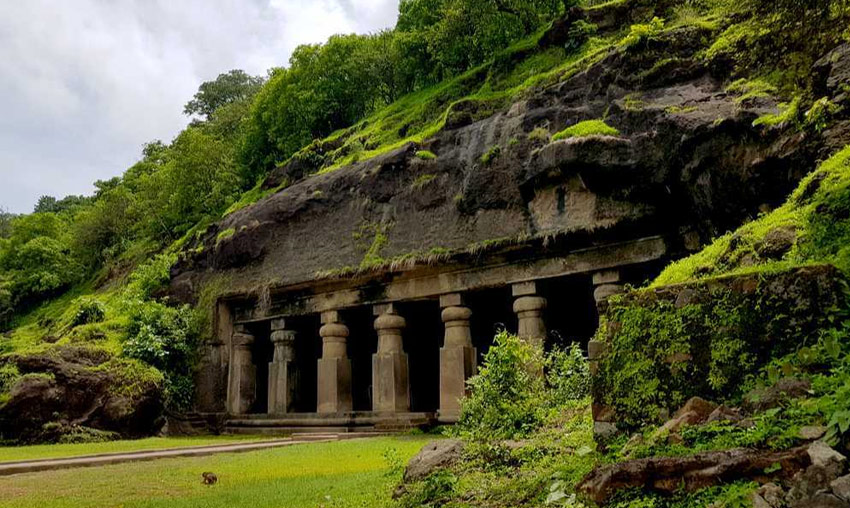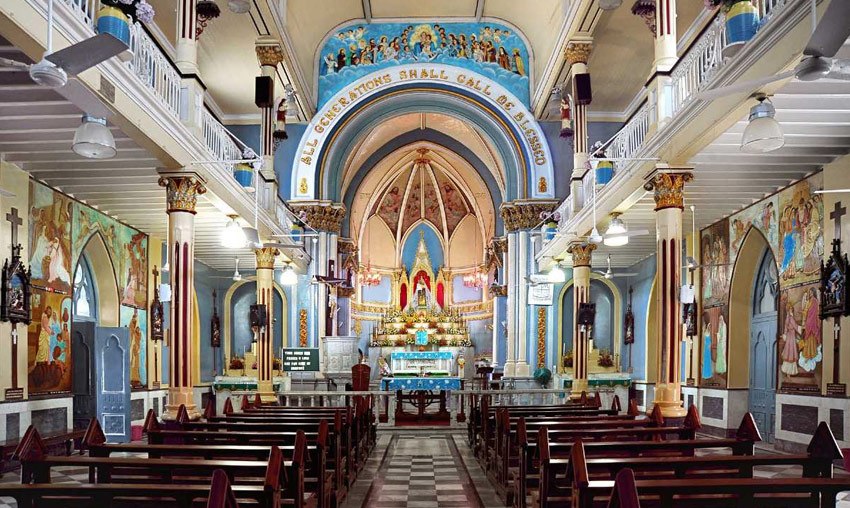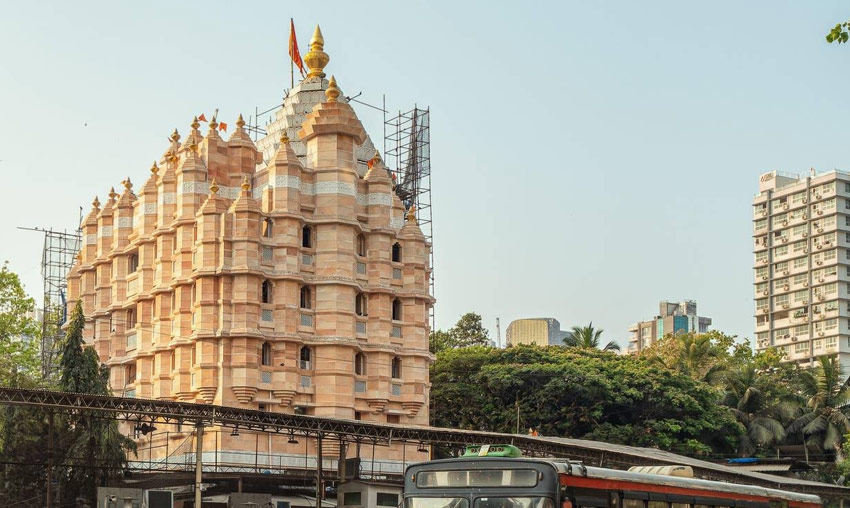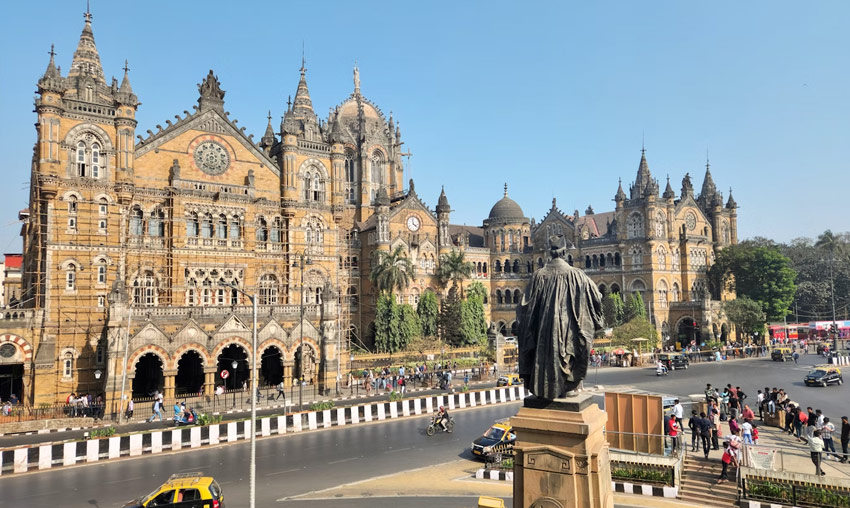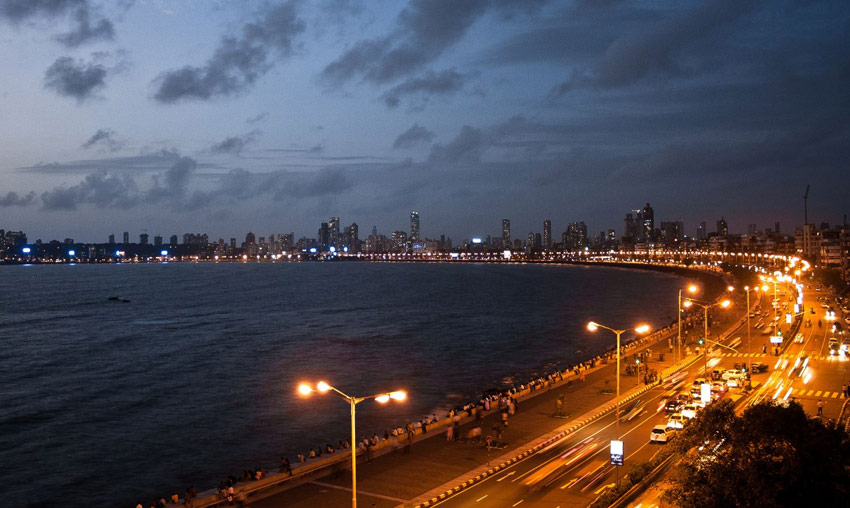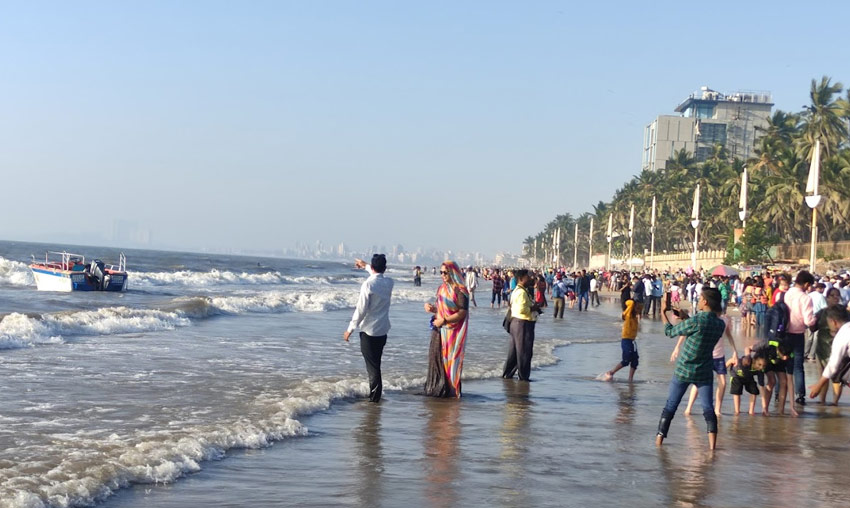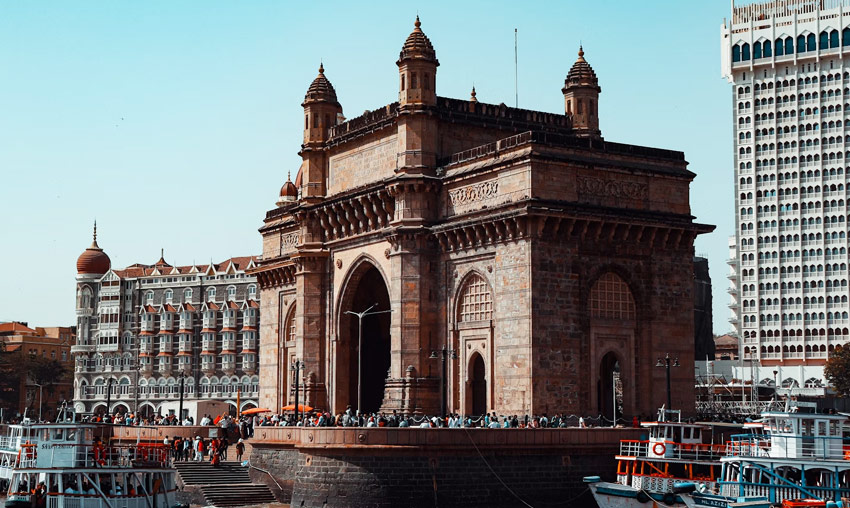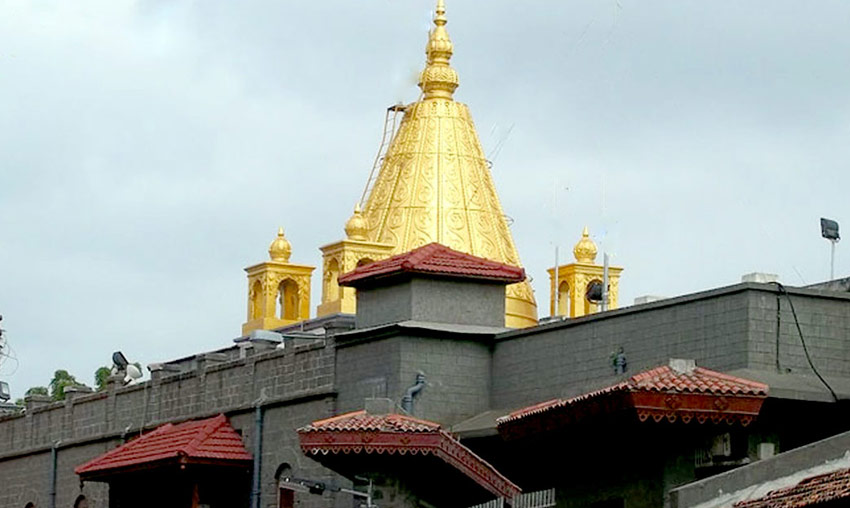Elephanta Caves Mumbai | Timings, Images, History & Entry Fee
Elephanta Caves, a UNESCO World Heritage Site, is an example of mediaeval Indian rock-cut architecture and art. The caverns are on the island of Elephanta, also known as Gharapuri, which lies 11 kilometres from Mumbai. The Elephanta Caves, which are now known to the locals as Gharapurichi Leni, are the remains of once-intricately painted artworks. It also offers a breathtaking perspective of the skyline of Mumbai. From the Gateway of India, you can take a ferry to the Elephanta Caves. The majority of these cave temples, which date from the fifth to the seventh century, are devoted to Lord Shiva.
Within the Elephanta Caves site, there are two sets of alcoves: a larger group of five Hindu caves and a smaller group of two Buddhist caves. The Shaiva Hindu faith is represented by the stone carvings found in the Hindu caves. ‘Trimurti’, or three-headed Shiva, ‘Gangadhar’, which is a manifestation of the river Ganga as she descends to the earth, and ‘Ardhnareshwar’, which is a representation of Shiva and Parvati in the same body, are among the significant images sculpted in the caves, which are an expression of art. The Elephanta Caves are not just a significant historical landmark but also a surprising place to go trekking.
History of Elephanta Caves, Mumbai
The Elephanta Caves’ history is based on a multitude of deductions made from conjecture and conjecture and lacks concrete evidence. Although the Pandavas are thought to have constructed the Elephanta Caves, others also attribute this feat to Banasura, Shiva’s demon devotee. According to local custom, the caves were not constructed by humans.
Although the Elephanta Caves are thought to have been formed between the late 5th and 8th centuries AD, excavations have also found Kshatrapa coins from the 4th century AD. Records date back to the Badami Chalukyas emperor Pulakesi II’s conquest of the Mauryan rulers of Konkan. Elephanta was then the capital of the Konkan Mauryas and was called Puri or Purika. Some historians therefore think that they constructed the caves during their rule.
According to other historians, the Kalachuris, who are thought to have some connection to the Konkan Mauryas, are responsible for the caves. These presumptions stem from the fact that the Elephanta caves are devoted to the Pashupata Shaivism sect, which Kankan Mauryas and Kalachuris were members of. In addition to these, it is thought that the Chalukyas and Rashtrakutas were responsible for the construction of these amazing caves.
Elephanta Caves came into the possession of the Gujarat Sultanate after the Chalukyas’ control, and in 1534 they gave it up to the Portuguese. Because of the enormous stone monument of an elephant that stood close to the island, the Portuguese gave it the new name “Elephanta Island.” Before the British took control of Elephanta Caves in 1661, the Portuguese caused significant damage to the caves.
The minor caverns remain in extremely poor condition, although the main cave was renovated in the 1970s. After being added to UNESCO’s list of World Heritage Sites in 1987, the Elephanta Caves gained even more popularity as a travel destination.
Architecture of Elephanta Caves, Mumbai
The Elephanta Caves complex consists of seven caves and is constructed on 60,000 square feet. Under Portuguese administration, the main cave served as a Hindu place of worship. It features an aisle, open porticoes, and a mandapa supported by pillars. Numerous deities can be seen here, and the walls are fashioned out of stone.
A statue of Ravana lifting Kailash mountain, Shiva-Parvati on Kailash, Ardhanarishvara (Shiva and Parvati in one body), Trimurti (the three forms of Lord Shiva), Gangadhara (the Ganges cascade from heaven to earth), Shiva’s wedding, Shiva killing Andhaka, Nataraja (Shiva performing the Taandav), Yogishvara, and the Shiva Linga are all found in the main cave. Kartikeya, Matrikas, Ganesha, and Dvarapala are carved on the surface of the Elephanta Caves’ east wing shrine, while Yogishvara and Nataraja adorn the west wing.
Ferry to Elephanta Caves, Mumbai
The Elephanta Caves are situated on an island, so getting there requires taking a ferry, which is an adventure in and of itself. From the Gateway of India ferry point, the first boat departs at 9:00 AM, and the final one departs at precisely 2:00 PM. Depending on the route style you select, the ferry can cost anywhere from INR 190 to 260. Children particularly like seeing the ferry glide across the Arabian Sea, and you can also get some food on the way.
Best Time To Visit Elephanta Caves, Mumbai
The greatest time to visit the caverns is during the winter months of November through February. Steer clear of the busiest monsoon season (June to August) when ferry operations are disrupted and the sea becomes unpredictable. It is best to visit this location in the morning.
How To Reach Elephanta caves
Take a local train to Churchgate or CST station from anywhere in Mumbai. From there, you can take a taxi or walk to the Gateway of India. As an alternative, you can take the local bus straight to the Gateway of India. You must take a ferry to the Elephanta Caves after arriving at the Gateway of India.
Timings : 9:00 AM to 5:30 PM
Time Required : 4-5hours
Entry Fee : Indian: INR 40
SAARC, Myanmar, Thailand citizens: INR 40,
Foreigners: INR 600,
Children (under 15 years): Free,
Village entry fee: INR 10,
Photography Charges: Free
Videography Charges: INR 25
Guide fees: INR 500 – INR 800
Ferry from Gateway of India: INR 260
